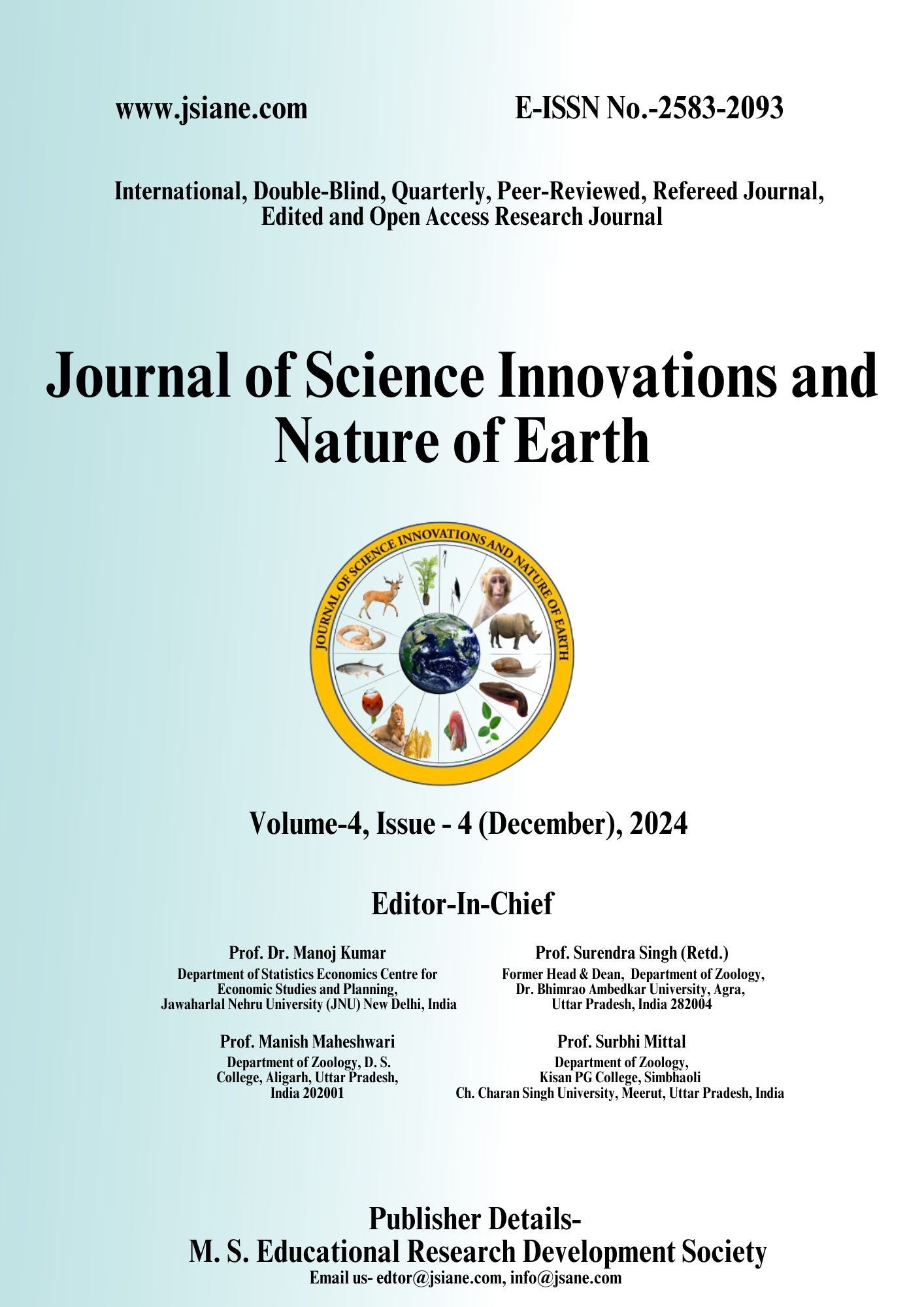A Review of Computational and Theoretical Studies on Anti-Perovskite Solids
DOI:
https://doi.org/10.59436/jsiane.386.2583-2093Keywords:
Anti-perovskites, crystal, thermodynamicAbstract
Anti-perovskite materials are really turning heads lately, and it’s no wonder why. Their unique structural inversion, unlike traditional perovskites, leads to some truly remarkable properties in terms of electronics, thermal behavior, and magnetism. With a general formula of A₃BX, these materials are known for boasting high ionic conductivity and less thermal conductivity; they show potential for topological and superconducting behaviors. This makes them perfect candidates for all sorts of applications, from solid-state batteries to thermoelectrics, spintronics, and even quantum computing. Researchers have made great strides using computational and theoretical studies especially with density functional theory (DFT) to predict how stable these structures are, along with their electronic configurations and overall functional properties. High-throughput screening, phonon dispersion analysis, and machine learning techniques are also helping push the discovery of new anti-perovskite compounds along faster than ever. Yet, there are still hurdles to overcome, like accurately modeling electron correlation effects and lattice anharmonicity, not to mention the limited experimental validation. Still, the collaboration between computational predictions and experimental work opens up exciting possibilities for designing tailored anti-perovskites. With their multifunctional traits, they really could be game-changers for future energy and electronic technologies.
References
Filippetti, A., & Fiorentini, V. (2019). Tolerance factors in perovskite and anti-perovskite materials. Journal of Materials Chemistry A, 7(3), 1048–1056. https://doi.org/10.1039/C8TA10323G
Gao, T., Han, D., Zhu, Y., & Wang, D. (2018). First-principles phonon and stability analysis of anti-perovskites. Physical Chemistry Chemical Physics, 20(45), 28567–28574. https://doi.org/10.1039/C8CP05341E
Gao, T., Han, D., Zhu, Y., & Wang, D. (2018). Theoretical prediction of temperature-dependent phase stability in anti-perovskite compounds. Physical Chemistry Chemical Physics, 20(45), 28567–28574. https://doi.org/10.1039/C8CP05341E
Kumar, A., & Schwingenschlögl, U. (2017). Magnetic and topological properties of anti-perovskites: A DFT study. Chemistry of Materials, 29(10), 4200–4206. https://doi.org/10.1021/acs.chemmater.7b01145
Liu, J., Guo, Y., & Wang, Y. (2020). Machine learning assisted prediction of anti-perovskite material properties. npj Computational Materials, 6, 45. https://doi.org/10.1038/s41524-020-0313-7
Sun, Y., Zhang, Y., & Ceder, G. (2015). First-principles investigation of anti-perovskite lithium conductors. Chemistry of Materials, 27(20), 7443–7450. https://doi.org/10.1021/acs.chemmater.5b03260
Zhang, Y., Zhao, Y., & Ceder, G. (2017). Computational design of functional anti-perovskites. Nature Reviews Materials, 2, 17023. https://doi.org/10.1038/natrevmats.2017.23
Zhang, Y., Zhao, Y., & Ceder, G. (2017). Computational design of functional anti-perovskites. Nature Reviews Materials, 2, 17023. https://doi.org/10.1038/natrevmats.2017.23
Zhu, Y., He, X., & Mo, Y. (2015). ACS Applied Materials & Interfaces, 7(42), 23685–23693. https://doi.org/10.1021/acsami.5b07517

Downloads
Published
Issue
Section
License
Copyright (c) 2024 Maharaj Singh Educational Research Development Society

This work is licensed under a Creative Commons Attribution-NonCommercial 4.0 International License.









